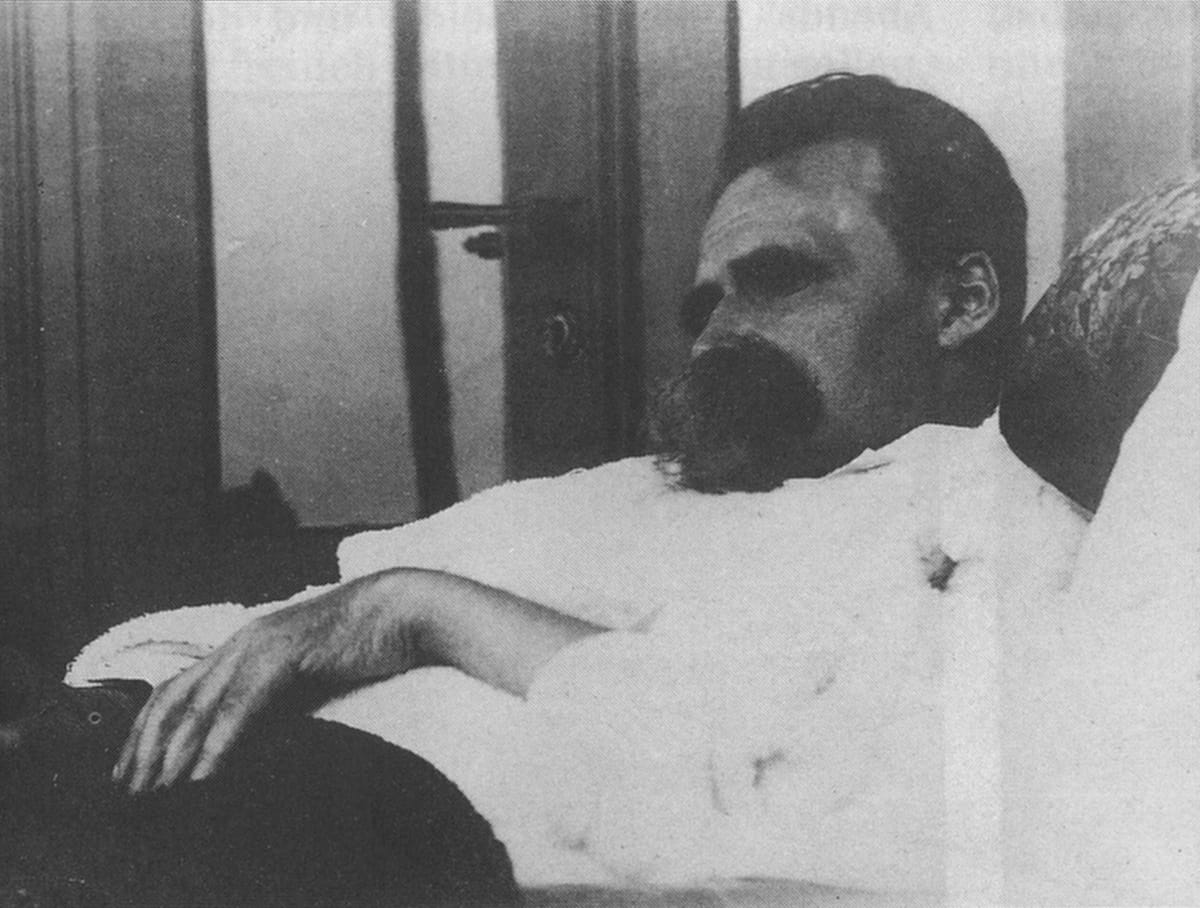A statement attributed to the German philosopher about the perception of individuality is popular on the Internet. We have verified the correctness of this attribution.
A slightly different version of the phrase is also common: “And those who were seen dancing seemed crazy to those who were not able to hear the music.”
In Russian, the statement can be found in online collections quotes, motivational books and popular posts on social networks (Instagram, "VKontakte", Telegram). It is also widely known in the West - for example, astrophysicist and popularizer of science Neil deGrasse Tyson named This quote is one of my favorites.
The most authoritative online resources dedicated to Nietzsche are Nietzsche Source (which contains scientific publications about the work and life of Friedrich Nietzsche), websites of an international research group HyperNietzsche, Friedrich Nietzsche Society, Nietzsche's houses in Swiss Sils and The Nietzsche Channel. But neither in them nor in complete works German philosopher “Verified” did not find any similar statements.
At the same time, Nietzsche really valued dance as a way to live and experience the world, believes dance philosophy researcher Kimerer Lamothe, author of Nietzsche’s Dancers. She draws attention to the fact that references to this type of art run through the entire work of the German thinker, from the first book to the last. “They serve as a constant reminder that getting over yourself—freeing yourself from anger, bitterness, and despair enough to say yes to life—is not just an intellectual or scientific task,” Lamothe concludes. In Thus Spoke Zarathustra, one of Nietzsche's central works, the protagonist is a dancer who encourages others to dance.
A study of social networks and other resources shows that in German the quote “Die Tanzenden wurden für verrückt gehalten von denjenigen, die die Musik nicht hören können” with attribution to Nietzsche begins to appear in publications only in August 2010, while back in June it was mentioned without specifying the author. However, around the same time this phrase appeared in German-language sources - before that it was unknown. At the same time, the authors of the posts often cited English demotivator with this quote, which may indicate where it came from.
Indeed, at the beginning of June 2010 Western tabloids were full of news that actress and model Megan Fox got a large tattoo with an aphorism.

Immediately arose question of authorship of the quote. Some users claimed that these were the words of a certain poetess Angela Monet. A version also appeared about a paraphrase of a verse by the 13th century Sufi mystic Rumi: “We rarely hear inner music, but nevertheless we all dance to it.” The last thesis, and so not similar to the phrase in question, in fact turned out to be a not very neat compilation of various thoughts of the Persian poet. And from Fox herself version - Regarding Nietzsche, Dr. Christopher Hamilton, a lecturer at King's College London and an expert on the work of the German philosopher, disagreed: “I don’t remember reading this from Nietzsche. And, in my opinion, this is not even very similar to Nietzsche.”
By the time Megan Fox got her tattoo, the quote in the English-speaking world actually actively was attributed Nietzsche, and Sometimes — to unknown online author Angela Monet. Earliest attribution to a German philosopher found by "Verified" dated 2001 Before this phrase no way didn't sign - apparently it went viral at a time when it was very popular in the West newsletter collections of aphorisms, often anonymous.
However, even then the quote and its prototypes had a rich history. Judaism scholar Arthur Green and some of his Colleagues cite early Hasidic parable (XVIII century):
“Once upon a time there was a musician who played his instrument so beautifully that those who heard him could not restrain themselves and danced, jumping almost to the ceiling with pleasure. The closer a person came to the musician, the more pleasant it was for him, and the dance only intensified. Meanwhile, a deaf man appeared who could not hear the music at all. He saw people dancing and thought they were crazy.”
French writer Madame de Stael in her essay “About Germany" (1813) wrote: “Sometimes, even in the usual course of life, the reality of this world suddenly disappears, and we feel ourselves in the center of its interests, as at a ball where we did not hear music; the dances we saw there would have seemed crazy to us.”
In the newspaper Times for 1927, an old proverb is quoted: “Those who dance seem mad to those who do not hear the music.” Published much later "Dictionary of Traditional English Metaphors“Next to the proverb is the number 1575 - apparently, the year of the first mention found.
Comedian George Carlin quoted the saying in his 1997 book "Brain droppings" After this American for several years announced by the author phrases (he wrote, that such a vicious practice became popular with the advent of the Internet).
Finally, as mentioned above, at the turn of the 20th and 21st centuries, an attribution to Friedrich Nietzsche appeared. Apparently, the reason for this was the attention to dance in many of his works. In fact, the quote came into German-speaking use around the same time it began to circulate on the Internet, and before that it was found as an English saying.
Cover photo: Wikimedia Commons
Read on topic:
- Did Karl Marx say that only a guest, an idiot or an occupier can not know the language of the country of residence?
- Did Niccolò Machiavelli say: “The end justifies the means”?
- Did Confucius say: “It is difficult to find a black cat in a dark room, especially if it is not there”?
If you find a spelling or grammatical error, please let us know by highlighting the error text and clicking Ctrl+Enter.






